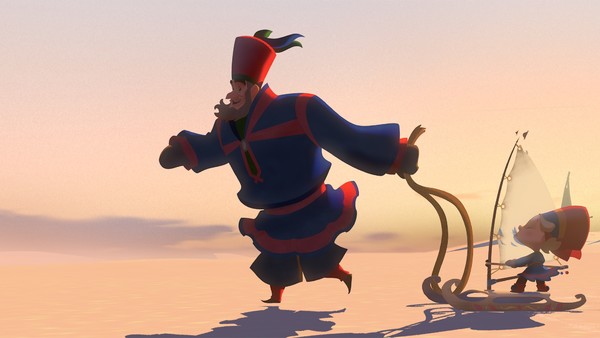Klaus: 8 Reasons To Watch Netflix's New Christmas Classic
7. The Surprising Cultural Representation

An unexpected yet wholly welcome aspect of Klaus is the cultural and racial representation of the Sámi peoples, the indigenous tribes living in the northern parts of what's now known as Norway and Sweden. When setting films in Europe or European-styled landscapes, many fantasy films nix the representation of the real-life indigenous people who live there more often than not.
Klaus, however, included Sámi characters as a fairly major part of the story, with protagonist Jesper befriending an adorable little girl named Margu, an act of kindness from both him and Klaus putting them in the good graces of Margu's family and their entire village.
The accuracy and sensitivity of the portrayal is for those of Sámi heritage to judge; however, the film does present them as speaking fully in a Sámi language with only a few English words peppered in, and the way in which they become a second family is truly heartwarming. Their clothing also seems fairly well-researched, matching the colourful and beautiful designs of real life traditional Sámi clothing. It's a small but important addition to the film that makes it feel fleshed out, lived in, and all the more beautiful.